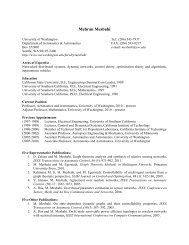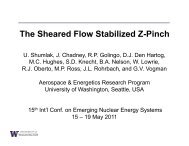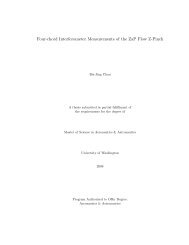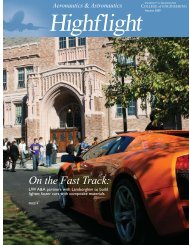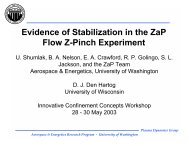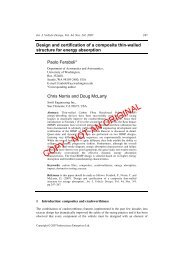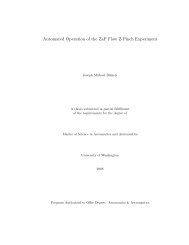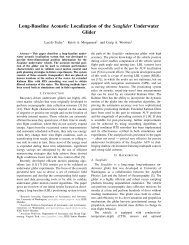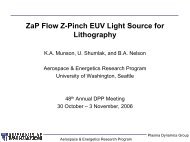Distributed Reactive Collision Avoidance - University of Washington
Distributed Reactive Collision Avoidance - University of Washington
Distributed Reactive Collision Avoidance - University of Washington
Create successful ePaper yourself
Turn your PDF publications into a flip-book with our unique Google optimized e-Paper software.
16<br />
Conceptually, this factor is the ratio <strong>of</strong> the worst case turning radius to the required separation<br />
distance. It can also be thought <strong>of</strong> in terms <strong>of</strong> stopping distance.<br />
The DRCA algorithm was designed primarily for systems with large η (greater than<br />
unity) such as aircraft and ships, where the collision avoidance task is difficult because<br />
<strong>of</strong> the dominance <strong>of</strong> vehicle inertia. Vehicles with small η (significantly less than unity)<br />
such as mobile robots can <strong>of</strong>ten be modeled as having a direct velocity command, since<br />
the inertia becomes insignificant. In such cases, potential function methods for collision<br />
avoidance may be preferable to the DRCA algorithm because <strong>of</strong> their simplicity and ability<br />
to closely pack vehicles. The downside <strong>of</strong> potential function methods is their general lack<br />
<strong>of</strong> guarantees, especially when inertia is considered.



